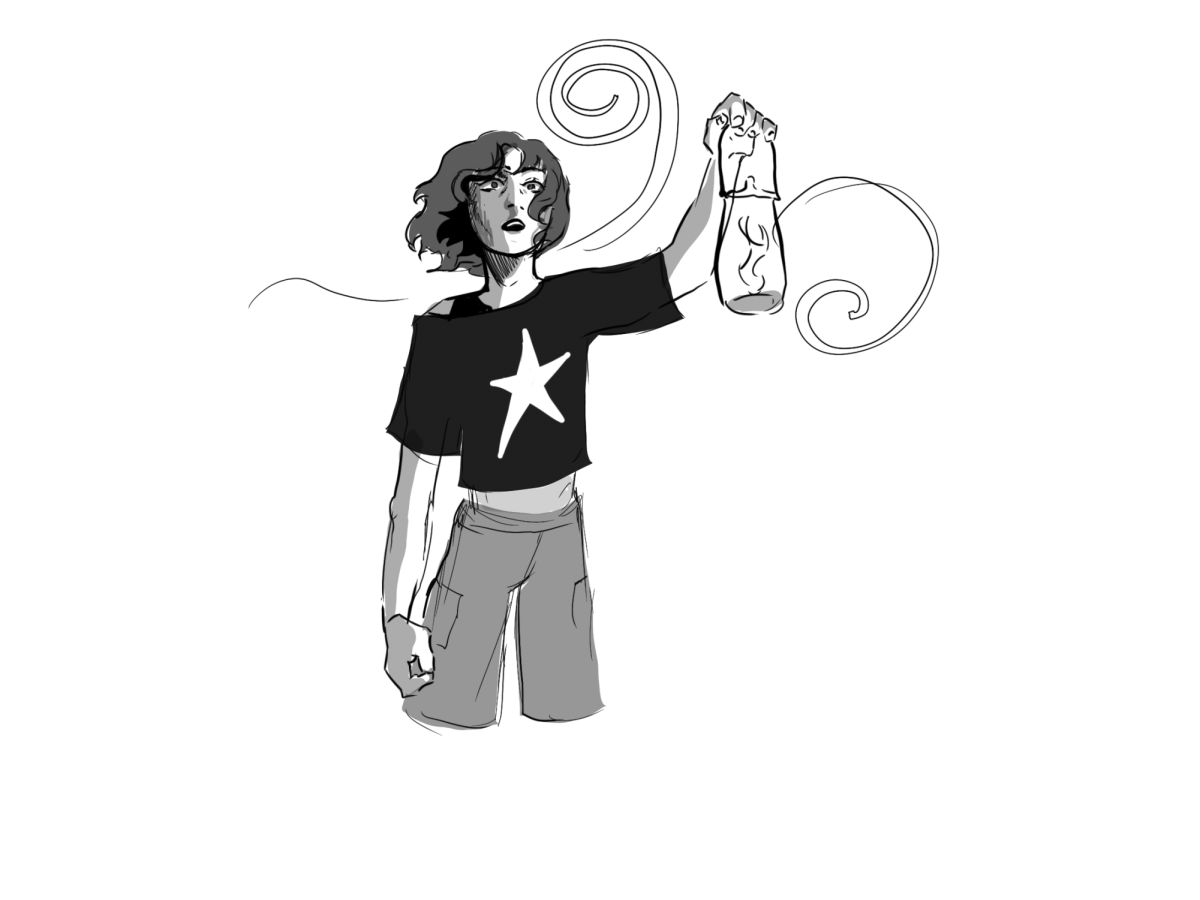A recent report put out by Human Rights Watch revealed that over 220,000 public school students in the United States received corporal punishment during the 2006-2007 school year. Corporal punishment, the act of being physically harmed, is still legal in 21 states.
The fact that this is still allowed in the United States’ public schools is a disgraceful breach of human rights that should apply in full to minors as well as adults. Not only does this create an unhealthy learning environment, but it also advocates violence as an acceptable solution to social problems, perpetuating violent behavior amongst youth.
School is ultimately supposed to support a comfortable atmosphere in which kids can put aside social stigmas for the sake of knowledge. When a student comes to school fearing physically injurious retribution as a consequence for misbehaving, it makes it difficult for the child to succeed academically. In addition, when a student witnesses or falls victim to corporal punishment (generally the use of wooden paddles to spank), they lose faith in authority. Teachers and administrators are supposed to be friendly support figures, not unwavering masters of discipline. Furthermore, physical punishment by the hands of faculty members takes away the safe-haven of school from students who suffer from domestic abuse or bullying outside of their education. High school students in abusive relationships can’t turn to equally abusive school authorities for help.
The issue of racial discrimination is also addressed in the 2006-2007 report. Boys were more often punished than girls, but African-American girls were punished more than twice as often as Caucasian girls. If faculty members are given the right to utilize corporal discipline then they are also given the right to misuse it. The primary concern of school administration should be to teach, and nothing more.
Those who advocate corporal punishment believe it acts as a deterrent of misbehavior, disregarding the serious physical, emotional, and mental toll it has on people, especially children. Instead of verbally discussing the misbehaviors of a student, and coming up with less aggressive and harmful solutions, administrators send a barbaric message. It certainly seems ridiculous (as an example) for someone who has been rear-ended in traffic to exit their vehicle and spank, with a wooden paddle, the driver responsible for the accident. With the exception of a few murmurs of profanity, the exchange should consist of insurance information and formalities, not violence. It has been proven time and time again that children in abusive situations domestically are much more likely to become abusive later in life (according to the Centers of Disease Control and Prevention, one-third of children who are abused or neglected later abuse their own children). There is no reason to think this effect would be any less prominent in school. Violence is comparable to a cycle of addiction; the influence of violence in a household is more likely to affect the child in that house to parent in a violent way.
Washington state is thankfully one of the 29 states and 106 countries that does not allow this practice in its public schools. While the practice of “spanking” is left up to the better judgment of parents, school administrators have no place taking their role.
If there is a problem with a student, the parents should be contacted and left to handle the behavior of their children by their own methods.
The Hawkeye staff editorial represents the views of the Executive Council




